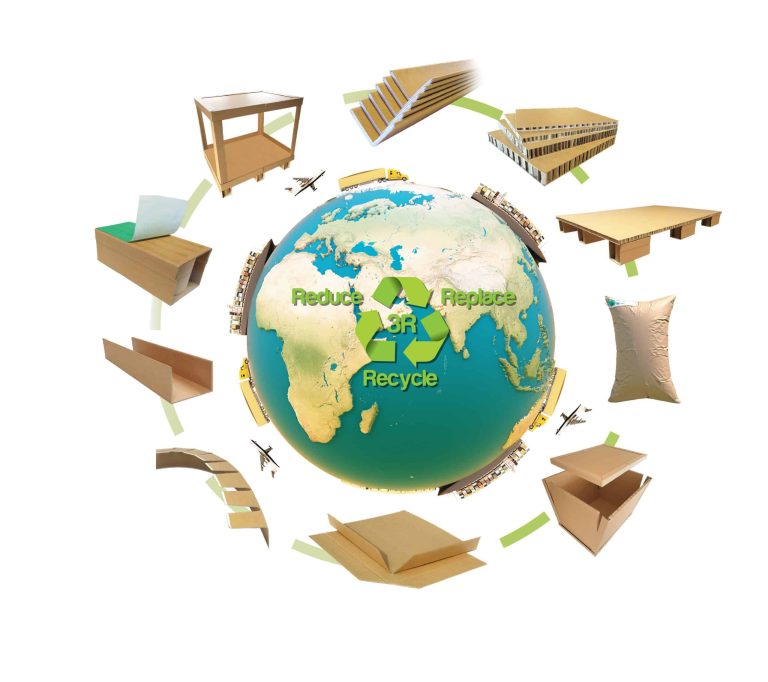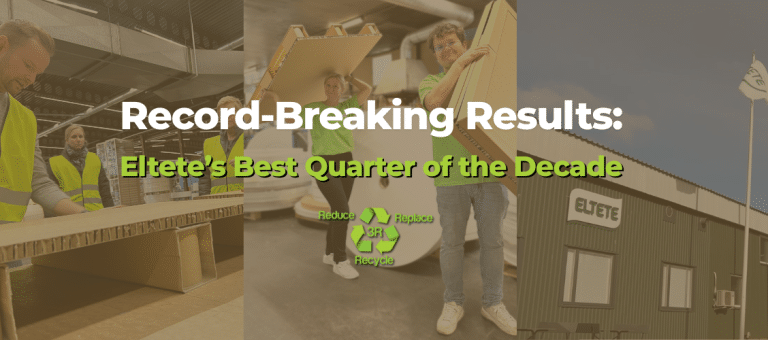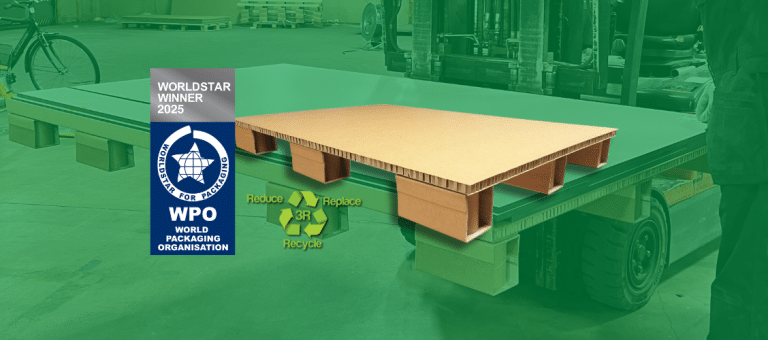In an era where environmental sustainability is becoming a global priority, businesses are increasingly focused on reducing their carbon footprint. While much attention is given to the production process and the lifecycle of products, the environmental impact of transport packaging often flies under the radar. Yet, understanding and managing the CO2 footprint of transport packaging is crucial for businesses committed to sustainability.
Here’s why:
1. Understanding Environmental Impact
The production, transportation, and disposal of transport packaging materials contribute to greenhouse gas emissions. By measuring the CO2 footprint of transport packaging, businesses can gain a clearer understanding of their environmental impact. This awareness is the first step toward making more conscious decisions. For instance, a company that knows the carbon footprint of different packaging options can choose more sustainable materials, such as recycled or biodegradable products, thus reducing its overall environmental impact.
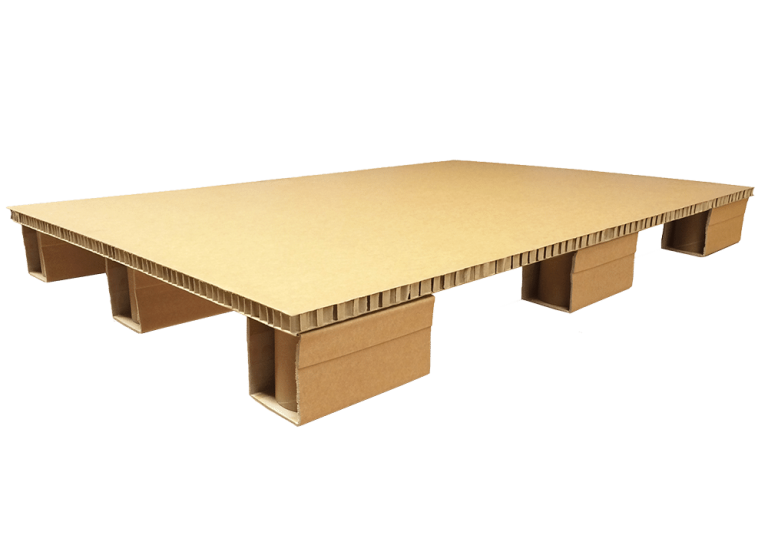
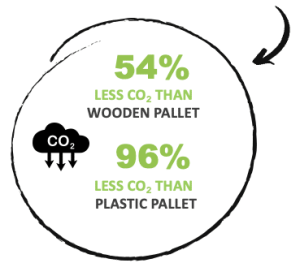
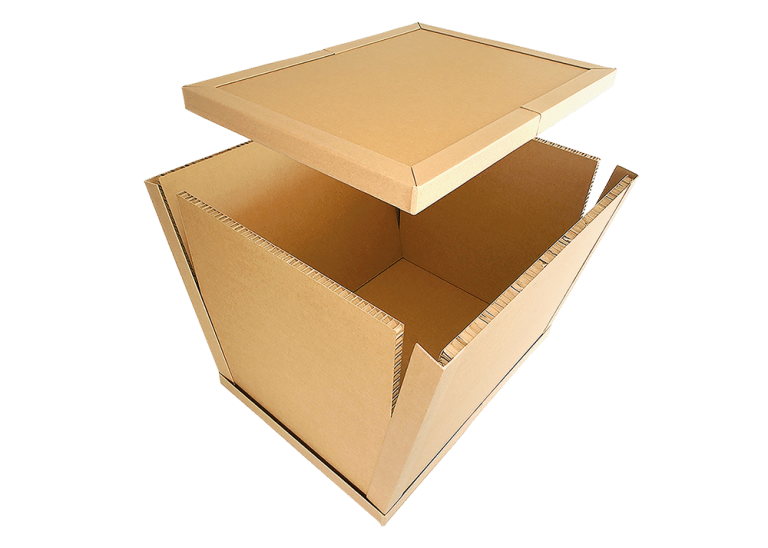
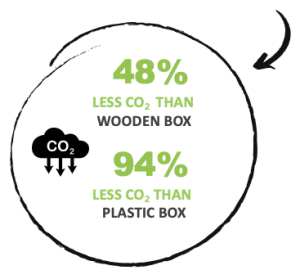

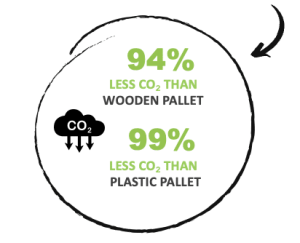
2. Meeting customer expectations
Companies that demonstrate a genuine effort to reduce their carbon footprint—right down to the packaging used in transport—are more likely to gain customer trust and loyalty. By openly sharing the CO2 of their transport packaging, companies can enhance their brand reputation and differentiate themselves in a competitive market. Transparency in sustainability practices is a powerful tool for building customer relationships and encouraging long-term loyalty.
3. Regulatory Compliance and Risk Management
As governments around the world implement stricter environmental regulations, companies are under increasing pressure to reduce their carbon emissions. Understanding the CO2 footprint of transport packaging is essential for compliance with these regulations. Failing to do so can result in hefty fines, legal issues, and damage to a company’s reputation.
4. Cost Efficiency and Resource Optimization
Reducing the carbon footprint of transport packaging isn’t just about environmental responsibility—it can also lead to cost savings. By analyzing the CO2 footprint, businesses can identify opportunities to use materials more efficiently, reduce waste, and optimize packaging design. For example, using lighter materials or reducing excess packaging can lower transportation costs by minimizing fuel consumption.
Additionally, optimizing packaging can enhance the overall efficiency of the supply chain. Better-packaged products often take up less space, allowing for more efficient storage and transportation, which in turn reduces the number of trips needed and the associated emissions.
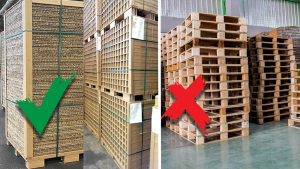
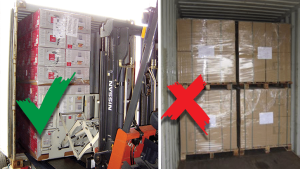
5. Promoting Innovation and Collaboration
Focusing on the CO2 footprint of transport packaging can drive innovation within companies. The need for sustainable solutions encourages research and development of new materials and packaging designs that minimize environmental impact. Moreover, addressing the CO2 footprint of packaging often requires collaboration with suppliers, logistics partners, and even customers. Such collaboration can lead to innovative solutions that benefit all parties involved and contribute to a more sustainable supply chain.
Eltete and Packprofil
Knowing the CO2 footprint of transport packaging is no longer optional for businesses—it’s a necessity. By understanding and reducing the carbon emissions associated with packaging, companies can not only contribute to environmental sustainability but also meet consumer expectations, comply with regulations, reduce costs, and foster innovation. As the world continues to prioritize sustainability, the companies that take proactive steps to manage their CO2 footprint will be the ones leading the way in a greener, more responsible economy.
In addition to collaborating closely with customers to identify the most sustainable and cost-efficient solutions for their needs, we offer carbon emission calculations for our products and solutions, empowering customers to make informed decisions and achieve their sustainability goals by understanding their environmental impact.
By embracing sustainable transport packaging practices today, businesses can secure a better future for themselves and the planet. Contact us and start the change!
